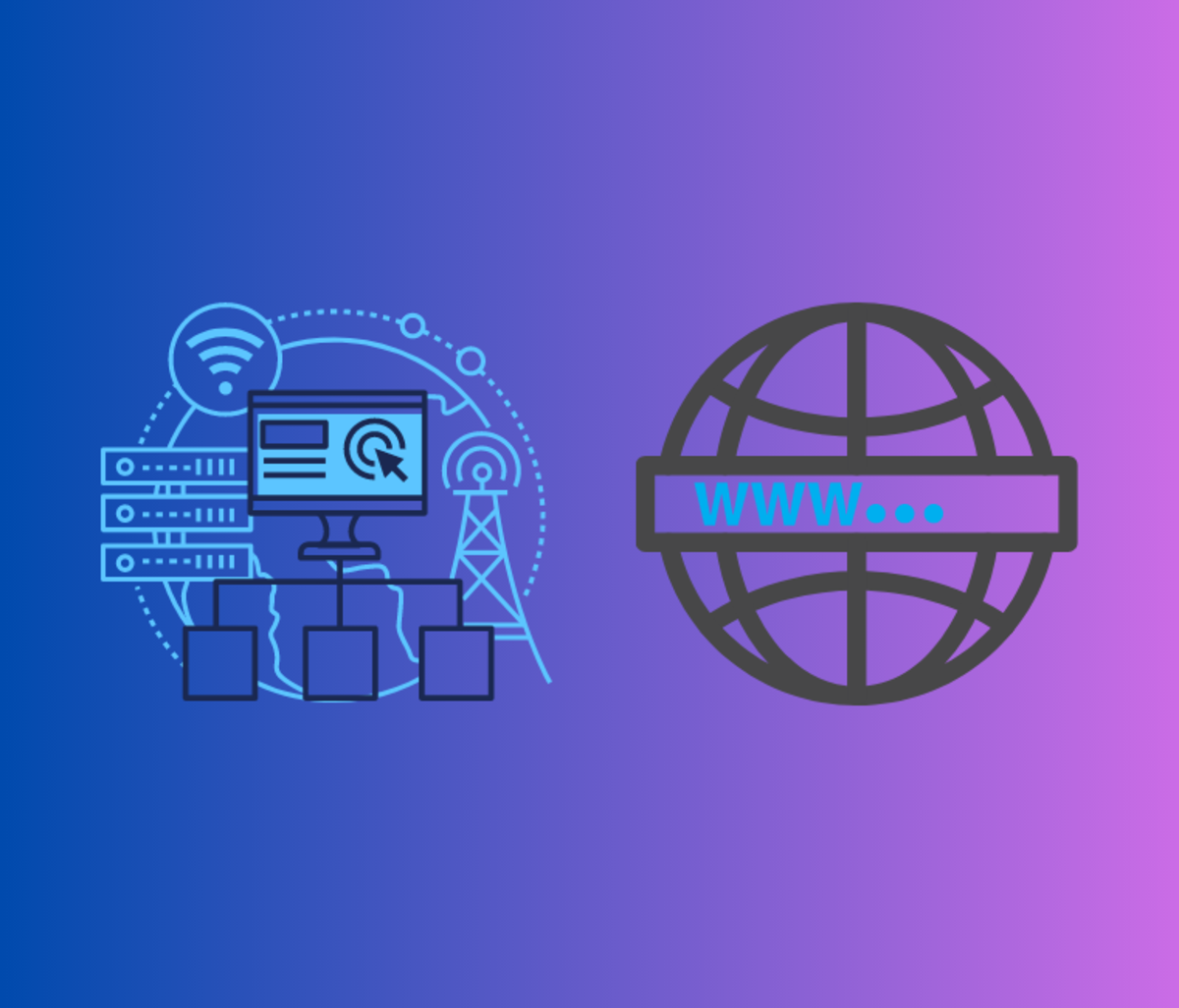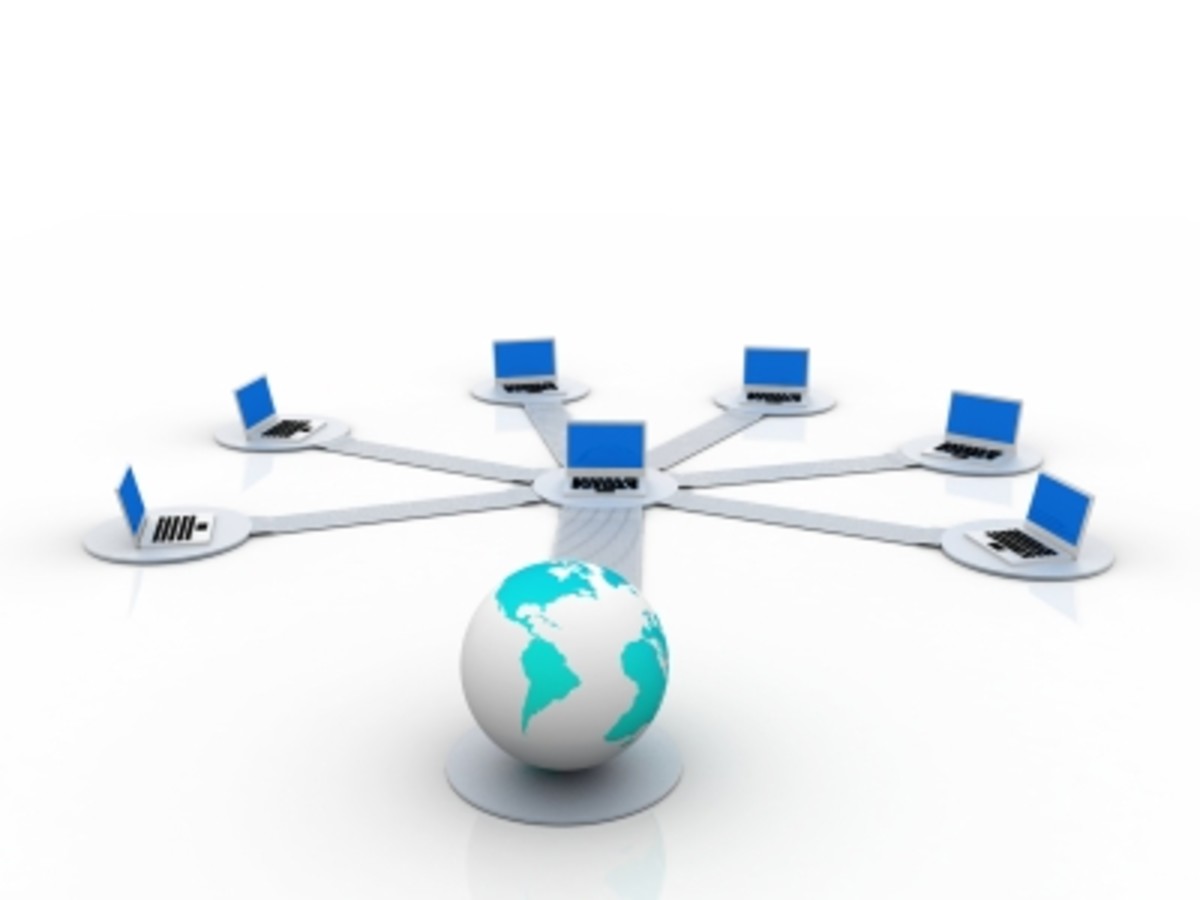How the Internet Works
HOW THE INTERNET WORKS
Data sent over the Internet travels via networks and communications media owned and operr ated by many companies. The following sections present various ways to connect to these networks on the Internet.
Connecting to the Internet
Employees and students often connect to the Internet through a business or school network. In this case, the computers usually are part of a network that connects to an Internet access provider through a high-speed connection line leased from a telephone company.
Some homes use dial-up access to connect to the Internet. Dial-up access takes place when the modem in your computer uses a standard telephone line to connect to the Internet. This type of access is an easy and inexpensive way for users to connect to the Internet. A dial-up connection, however, is slow-speed technology.
Many home and small business users are opting for higher-speed broadband Internet connections through DSL, cable television networks, radio signals, or satellite.
♦ DSL {digital subscriber line) is a
technology that
provides high-speed Internet connections
using regular copper telephone lines.
• A cable modem allows access to high-speed Internet services through the cable television network.
• Fixed wireless high-speed Internet connections use a dish-shaped antenna on your house or business to communicate with a tower location via radio signals.
* satellite
modem communicates with a
satellite dish to provide high-speed Internet
connections via satellite.
In most cases, broadband Internet access is always on. That is, it is connected to the Internet the .entire time the computer is running. With dial-up access, by contrast, you must establish the connection to the Internet. Usually a modem dials the telephone number to the Internet access provider.
Mobile users access the Internet using a variety of technologies. Most hotels and airports provide dial-up or broadband Internet connections. Wireless Internet access technologies, such as through radio networks, allow mobile users to connect easily to the Internet with notebook computers, Tablet PCs, PDAs, and smart phones while away from a telephone, cable, or other wired connection. Many public locations, such as airports, hotels, schools, shopping malls, and coffee shops, are hot spots that provide wireless Internet connections to users with mobile computers or devices.
Access Providers
An access provider is a business that provides
individuals and companies access to the Internet free or for a fee. The most common fee arrangement for an individual Internet account is a fixed amount, usually about $10 to $25 per month for diai-up, $15 to $40 for DSL, $20 to $45 for cable, $35 to $70 for fixed wireless, and $60 to$99 for satellite. For this fee, many providers offer unlimited Internet access. Others specify a set number of access hours per month. With the latter arrangement, the provider charges extra for each hour of connection time that exceeds an allotted number of access hours. To attract more customers, some access providers also offer Web publishing services. Web publishing is discussed later in the chapter.
Users access the Internet through regional or national ISPs, online service providers, and wireless Internet service providers An ISP (Internet service provider) is a regional or national access provider. A regional ISP usually provides Internet access to a specific geographic area. A national ISP is a business that provides Internet access in cities and towns nationwide. For dial-up access, some national ISPs provide both local and toll-free telephone numbers. Due to their larger size, national ISPs usually offer more services and have a larger technical support staff than regional fSPs. Examples of national ISPs are AT&T Worldnet Service and EarthLink.
In addition to providing Internet access, an online service provider (OSP) also has many members-only features. These features include special content and services such as news, weather, legal information, financial data, hardware and software guides, games, travel guides, e-mail, photo communities, online calendars, and instant messaging. Some even have their own built-in Web browser. The fees for using an OSP sometimes are slightly higher than fees for an ISP. The two more popular OSPs are AOL (America Online) and MSN (Microsoft Network). AOL differs from many OSPs in that it provides gateway functionality to the Internet, meaning it regulates the Internet services to which members have access.
With dial-up Internet access, the telephone number you dial connects you to an access point on the Internet, called a point of presence (POP). When selecting an ISP or OSP, ensure it provides at least one local POP telephone number. Otherwise, long-distance telephone charges will apply for the time you connect to the Internet.
A wireless Internet service provider (WISP) is a company that provides wireless Internet access to computers with wireless modems or access devices or to Internet-enabled mobile computers or devices. Internet-enabled mobile devices include PDAs and smart phones. An antenna on or built into the computer or device typically sends signals through the airwaves to communicate with a wireless Internet service provider. Some examples of wireless Internet service providers include Boingo Wireless, Cingular Wireless, T-Mobile, and Verizon Wireless.
How Data Travels the Internet
Computers connected to the Internet work together to transfer data and information around the world using servers and clients. On the Internet, your computer is a client that can access data, information, and services on a variety of servers.
The inner structure of the Internet works much like a transportation system, Just as interstate highways connect major cities and carry the bulk of the automotive traffic across the country, several main transmission media carry the heaviest amount of traffic on the Internet. These major carriers of network traffic are known collectively as the Internet backbone.
In the United States, the transmission media that make up the Internet backbone exchange data at several different major cities across the country. That is, they transfer data from one network to another until it reaches its final destination








